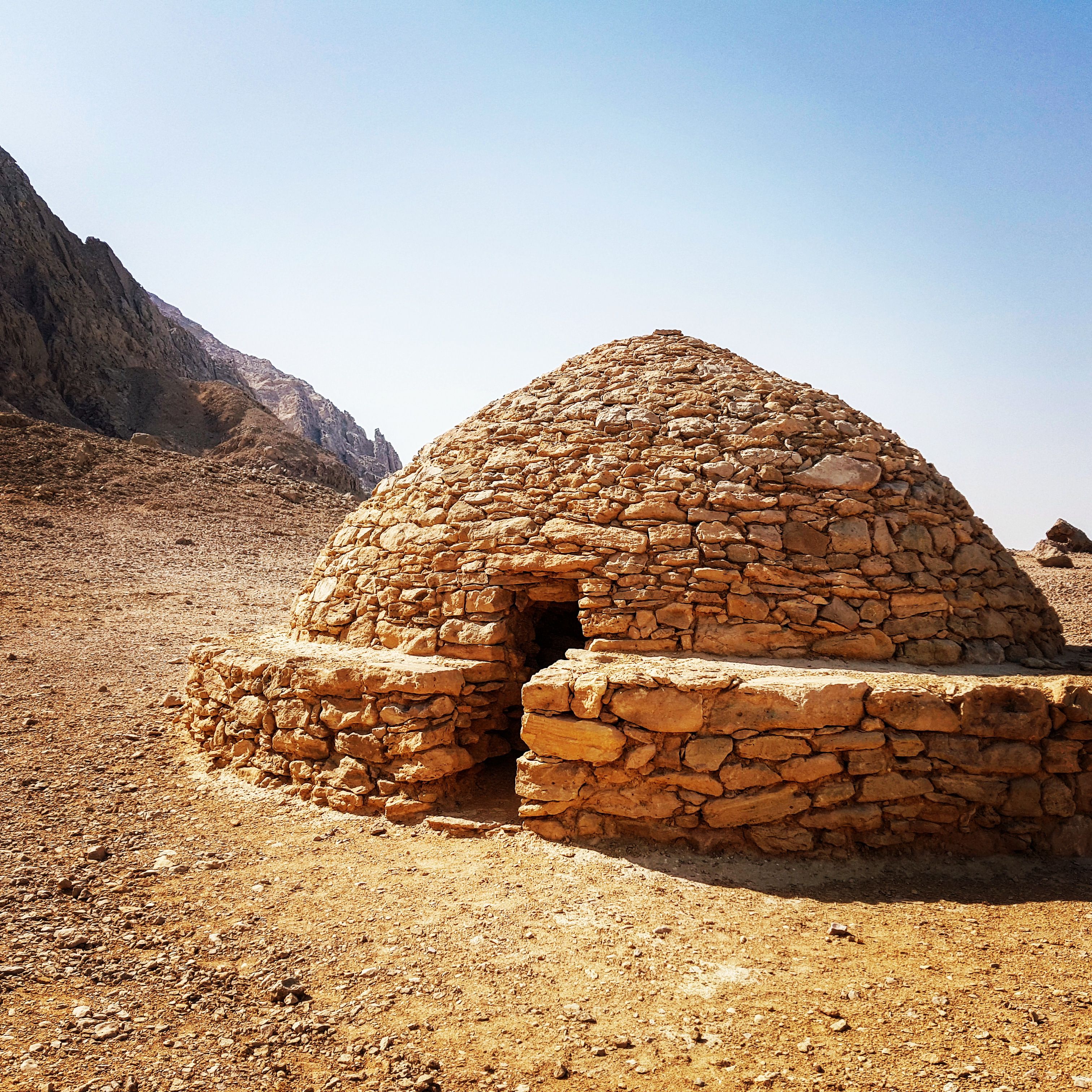Hafit Period on:
[Wikipedia]
[Google]
[Amazon]
 The Hafit period defines early
The Hafit period defines early

 The Hafit period defines early
The Hafit period defines early Bronze Age
The Bronze Age is a historic period, lasting approximately from 3300 BC to 1200 BC, characterized by the use of bronze, the presence of writing in some areas, and other early features of urban civilization. The Bronze Age is the second pri ...
human settlement in the United Arab Emirates
The United Arab Emirates (UAE; ar, اَلْإِمَارَات الْعَرَبِيَة الْمُتَحِدَة ), or simply the Emirates ( ar, الِْإمَارَات ), is a country in Western Asia ( The Middle East). It is located at ...
and Oman
Oman ( ; ar, عُمَان ' ), officially the Sultanate of Oman ( ar, سلْطنةُ عُمان ), is an Arabian country located in southwestern Asia. It is situated on the southeastern coast of the Arabian Peninsula, and spans the mouth of ...
in the period from 3200 to 2600 BC. It is named after the distinctive beehive burials first found on Jebel Hafit, a rocky mountain near Al Ain, bordering the Rub Al Khali desert. Hafit period tombs and remains have also been located across the UAE and Oman in sites such as Bidaa bint Saud, Jebel Al-Buhais
Jebel Buhais or Jebel Al-Buhais ( ar, جَبَل بُحَيْص \ جَبَل ٱلْبُحَيْص, Jabal Buḥayṣ / Jabal Al-Buḥayṣ) is a geological feature, an extensive rocky outcrop, as well as a Rayyan site located near Madam in the ce ...
and Buraimi.
Discoveries
The first find of Hafit era tombs is attributed to the Danish archaeologist PV Glob in 1959, and the first of many excavations of these took place a few years later. Located in the area south of the city of Al Ain, theJebel Hafeet Desert Park
Jabal Hafeet ( ar, جَبَل حَفِيْت, Jabal Ḥafīt, "Mount Hafeet"; variously transcribed Jabal, Jabel or Jebal and Hafit or Hafeet – literally "empty mountain") is a mountain in the region of Tawam, on the border of the United Arab ...
contains the original necropolis of Hafit Graves which led to the naming of this period in human history in the emirates. A series of ridges leading from the main part of Jebel Hafit toward Al Ain each contain groups of Hafit tombs.
Finds at Jebel Hafit include the remains of some 317 circular stone tombs and settlements from the Hafit period, as well as wells and partially underground '' Falaj'' irrigation systems, as well as mud brick constructions intended for a range of defensive, domestic and economic purposes. The Al Ain Oasis, in particular, provides evidence of construction and water management enabling the early development of agriculture for five millennia, up until the present day.
Pottery finds at Hafit period sites demonstrate trading links to Mesopotamia, contiguous to the Jemdat Nasr period (3100 - 2900 BC). Evidence of trading links with Mesopotamia are also found in the subsequent Umm Al Nar and Wadi Suq
Wadi ( ar, وَادِي, wādī), alternatively ''wād'' ( ar, وَاد), North African Arabic Oued, is the Arabic term traditionally referring to a valley. In some instances, it may refer to a wet ( ephemeral) riverbed that contains water o ...
periods of UAE history.
Finds have shown that locally manufactured pottery emerged during the transitional period between the Hafit and Umm Al Nar periods, approximately 2800 to 2700 BCE.Typological and Chronological Consideration of the Ceramics at Bat, Oman - Christopher P. Thornton & Royal Omar Ghazal. It is now thought the transition between the two cultural periods is marked by a decline in links between Southeastern Arabia and Mesopotamia, a pattern that would be repeated, albeit more emphatically, in the transitional period between the Umm Al Nar and Wadi Suq cultures.

See also
*Hili Archaeological Park
Hili Archaeological Park ( ar, حَدِيْقَة آثَار ٱلْهِيْلِي, Ḥadīqat Āthar Al-Hīlī) is the location of a Bronze Age site in Al Ain, Emirate of Abu Dhabi, the United Arab Emirates.
Description and history
Hili is th ...
* List of Ancient Settlements in the UAE
* List of cultural property of national significance in the United Arab Emirates
References
{{reflist Ancient Near East History of the United Arab Emirates History of Oman